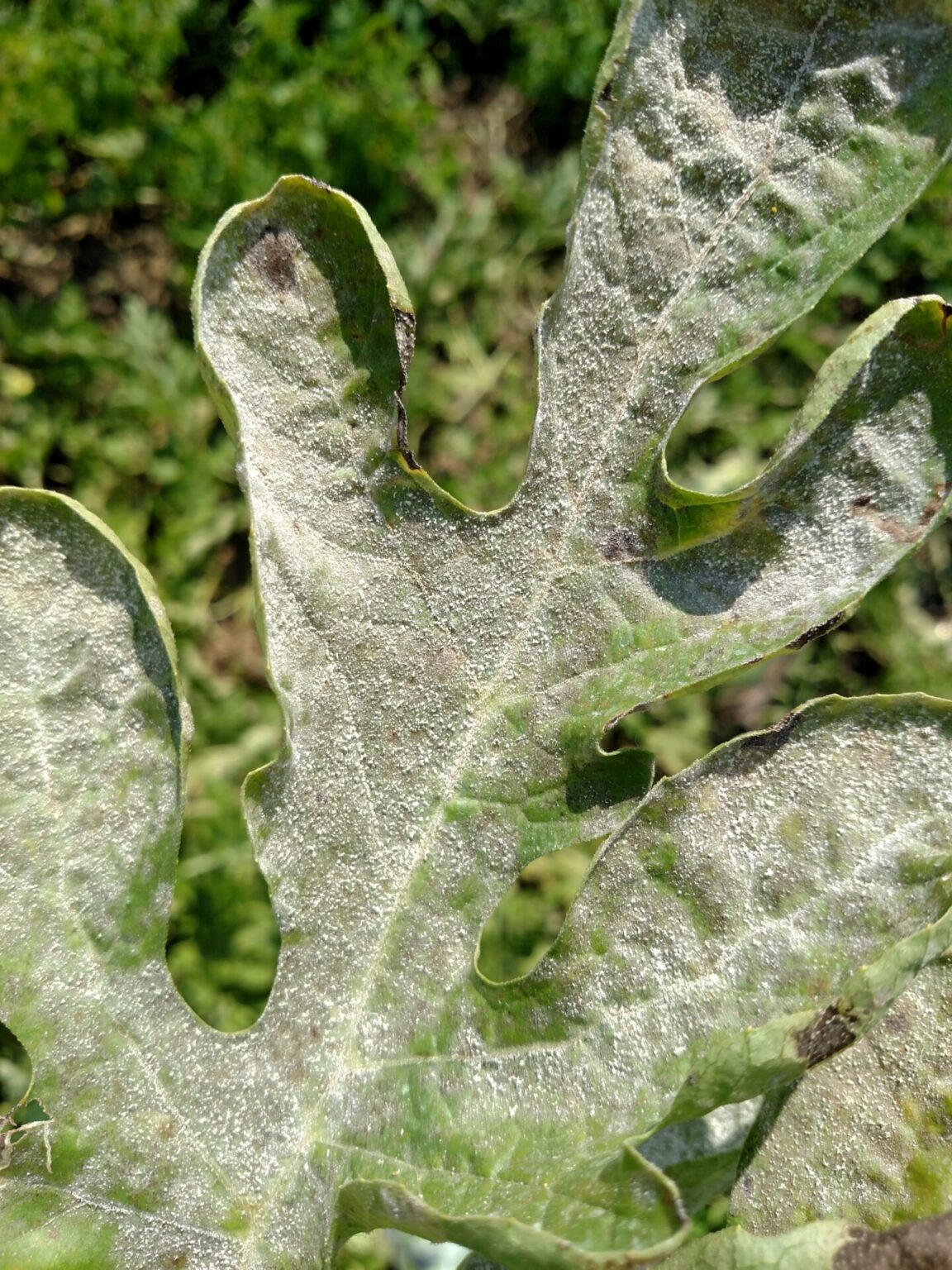Powdery Mildew

Scientific Name
Erysiphales
Description
Powdery mildew is a fungal disease characterized by a white or gray powdery coating on leaves and stems. It spreads quickly in warm, dry conditions and can significantly reduce plant vigor.
Characteristics
The fungus produces a distinct powdery residue that covers leaf surfaces, leading to distorted growth, premature leaf drop, and reduced photosynthesis.
Control Methods
- Organic sprays: Apply organic fungicides like sulfur, neem oil, or potassium bicarbonate during early infection stages to suppress the spread of powdery mildew.
- Cultural practices: Remove and destroy infected leaves, practice crop rotation, and choose resistant plant varieties when available.
- Preventive methods: Improve air circulation through proper pruning and spacing, and avoid excessive nitrogen fertilization which promotes lush, vulnerable growth.
- Biological controls: Encourage beneficial microbes and antagonistic fungi that compete with the mildew, such as Bacillus subtilis.
- Mechanical physical: Hand-remove infected material and use a strong water spray to wash away spores, reducing the fungal load on plant surfaces.
Natural Enemies
- Beneficial Fungi
- Antagonistic Bacteria
- Competitive Microbes